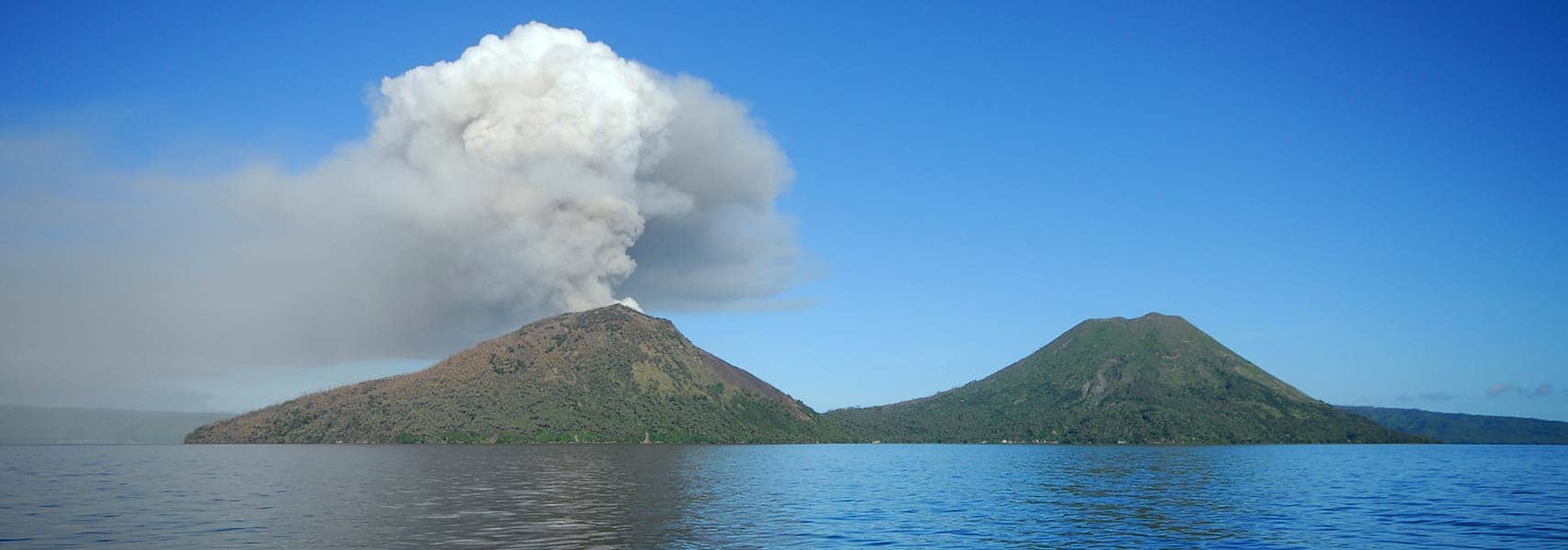Papua New Guinea: A Land of Diversity and Rich Culture
Welcome to Papua New Guinea, an extraordinary nation that features a collection of islands in Maritime Southeast Asia. Nestled on the island of New Guinea, this independent state shares its western border with Indonesia. Furthermore, Papua New Guinea enjoys maritime borders with Australia, the Federated States of Micronesia, the Solomon Islands, and New Caledonia (France). Among the major islands in this stunning archipelago, you will find New Britain, Latangai, and Bougainville. Notably, Papua New Guinea spans a land area of 462,840 km² (178,703 sq. mi.), which makes it slightly larger than California or somewhat smaller than Spain. As you can imagine, this geographical diversity contributes significantly to its unique cultural landscape.
An Incredibly Diverse Population
With a population exceeding 7.2 million people, Papua New Guinea stands out for its remarkable ethnic and linguistic diversity. More than 800 native languages are spoken across the nation, with twelve of them having no living speakers. Such linguistic richness translates into a kaleidoscope of cultures. The primary spoken languages include English—recognized as the official language—and Tok Pisin, which is an English-based Creole. This linguistic variety reflects the country’s deep-rooted traditions and customs, and highlights the different ways of life among its communities.
A Brief Historical Overview
Understanding the history of Papua New Guinea provides context to its contemporary landscape. The eastern half of the island of New Guinea, the second-largest island globally, was partitioned between Germany and the UK in 1885. The UK-administered region transitioned to Australian control in 1902, a shift that continued until independence was achieved on September 16, 1975. This historical background sets the stage for the complex social and political fabric of the country. Notably, a nine-year secessionist conflict on Bougainville ended in 1997, culminating in the loss of around 20,000 lives and leaving lasting impacts on the nation.
Geographical Traits and Climate of Papua New Guinea
Geographically, Papua New Guinea is one of Oceania’s most captivating regions. It encompasses a range of terrains, predominantly mountains interspersed with coastal lowlands and rolling foothills. The country’s fertile highlands valleys, which remained largely unknown to outsiders until the 1930s, supported agriculture for around 10,000 years. Interestingly, this agricultural development may have predated farming practices in other parts of the world. Standing tall at 4,509 meters, Mount Wilhelm serves as the highest point in Papua New Guinea, showcasing the stunning natural beauty of the region.
This tropical nation experiences two distinct monsoon seasons: the Northwest monsoon from December to March and the Southeast monsoon from May to October. Such climatic conditions nurture a rich biodiversity that draws both researchers and tourists alike.
Demographics and Culture
The demographics of Papua New Guinea are as varied as its landscapes. The population consists chiefly of Melanesian, Papuan, Negrito, Micronesian, and Polynesian ethnic groups. Furthermore, the country embodies a rich religious tapestry, with 66% of the population adhering to Christianity and 34% practicing indigenous beliefs. This mosaic of cultures and traditions further enhances the distinct identity of Papua New Guinea.
Languages Spoken and Literacy Rates
As mentioned earlier, Papua New Guinea boasts approximately 860 languages, with three official tongues: English, Tok Pisin, and Motu. However, challenges remain, as literacy rates hover between 55% and 60%. Nonetheless, the nation actively promotes education, recognizing its vital role in national development.
Natural Resources and Economy
Papua New Guinea is endowed with significant natural resources, which play a critical role in its economy. Among these are gold, copper, silver, natural gas, timber, and oil. Additionally, the fisheries sector contributes substantially to the nation’s livelihood. The agricultural output is quite impressive as well, featuring products like coffee, cocoa, copra, and sweet potatoes, among others. Notably, the presence of lush rainforests supports a vibrant ecosystem that provides countless resources.
Industries Driving the Economy
The economy of Papua New Guinea thrives on various key industries. These include copra crushing, palm oil processing, and the production of plywood and wood chips. Not forgetting the vital mining sector that exploits gold, silver, and copper resources. Furthermore, tourism increasingly plays a role in economic growth, drawing visitors to experience the natural beauty and unique cultures of Papua New Guinea.
Export Partners and Commodities
In terms of international trade, Papua New Guinea exports a variety of commodities including oil, gold, copper ore, and palm oil. Notably, Japan holds the largest share of these exports at 17.4%, followed closely by Australia (15.9%) and China (12.1%). The country benefits from a diverse range of trading partners, creating vital economic relationships.
Imports and Trade Relations
On the flip side, the nation imports machinery and transport equipment, manufactured goods, food items, fuels, and chemicals. Australia remains the largest supplier of these imports, accounting for 25.9% in 2015. The synergy of trade relationships demonstrates Papua New Guinea's interconnectedness with the global economy.
Papua New Guinea: A Cultural Tapestry
In conclusion, Papua New Guinea offers a unique tapestry of cultures, languages, and landscapes. This nation’s rich history has shaped its identity, while its diverse geography and climate contribute to its stunning natural beauty. As you explore Papua New Guinea, you uncover layers of tradition, resilience, and vibrancy that make this corner of the world truly special. Undoubtedly, Papua New Guinea remains a jewel in the Pacific, inviting those who seek both adventure and understanding.
Largest cities of: Papua New Guinea
| City Name | Population | Year of foundation | |
| Port Moresby | 400,000 | 1873 | |
| Lae | 100,000 | 1921 | |
| Kokopo | 30,000 | 1937 | |
| Mount Hagen | 25,000 | 1951 | |
| Madang | 20,000 | 1884 | |
| Wewak | 20,000 | 1945 | |
| Goroka | 17,000 | 1950 | |
| Rabaul | 15,000 | 1884 |


